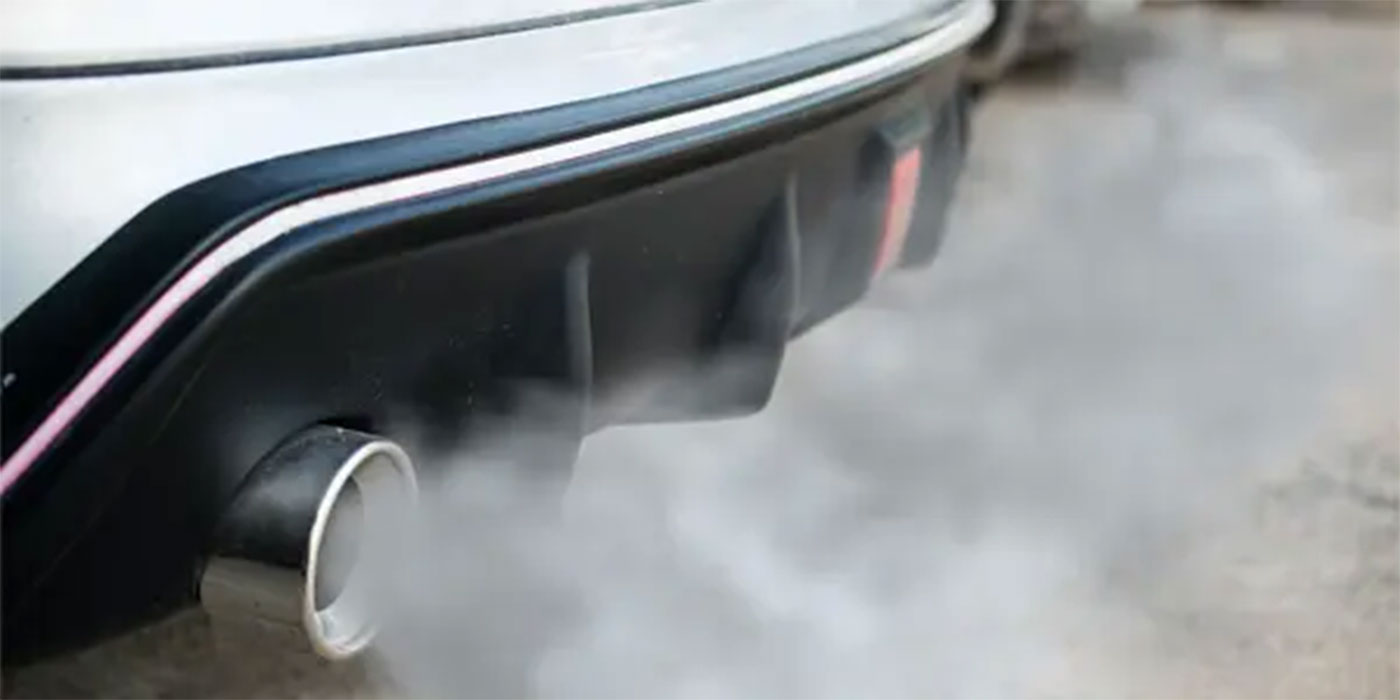WASHINGTON – The U.S. Environmental Protection Agency (EPA) and the U.S. Department of Transportation (DOT) yesterday announced the first national standards to reduce greenhouse gas (GHG) emissions and improve fuel efficiency of heavy-duty trucks and buses. This national program is projected to reduce GHG emissions by about 250 million metric tons and save 500 million barrels of oil over the lives of the vehicles produced within the program’s first five years.
“These new standards are another step in our work to develop a new generation of clean, fuel-efficient American vehicles that will improve our environment and strengthen our economy,” EPA Administrator Lisa Jackson said. “In addition to cutting greenhouse gas pollution, greater fuel economy will shrink fuel costs for small businesses that depend on pickups and heavy duty vehicles, shipping companies and cities and towns with fleets of these vehicles. Those savings can be invested in new jobs at home, rather than heading overseas and increasing our dependence on foreign oil.”
“Through new fuel-efficiency standards for trucks and buses, we will not only reduce transportation’s environmental impact, we’ll reduce the cost of transporting freight,” added U.S. Transportation Secretary Ray LaHood. “This is a win-win-win for the environment, businesses and the American consumer.”
EPA and DOT’s National Highway Traffic Safety Administration (NHTSA) are proposing new standards for three categories of heavy trucks: combination tractors, heavy-duty pickups and vans, and vocational vehicles. The categories were established to address specific challenges for manufacturers in each area. For combination tractors, the agencies are proposing engine and vehicle standards that begin in the 2014 model year and achieve up to a 20 percent reduction in carbon dioxide (CO2) emissions and fuel consumption by 2018 model year.
For heavy-duty pickup trucks and vans, the agencies are proposing separate gasoline and diesel truck standards, which phase-in starting in the 2014 model year and achieve up to a 10 percent reduction for gasoline vehicles and 15 percent reduction for diesel vehicles by 2018 model year (12 and 17 percent respectively if accounting for air conditioning leakage). Lastly, for vocational vehicles, the agencies are proposing engine and vehicle standards starting in the 2014 model year, which would achieve up to a 10 percent reduction in fuel consumption and CO2 emissions by 2018 model year.
Overall, NHTSA and EPA estimate that the heavy-duty national program would provide $41 billion in net benefits over the lifetime of model year 2014 to 2018 vehicles. With the potential for significant fuel efficiency gains, ranging from seven to 20 percent, drivers and operators could expect to net significant savings over the long-term. For example, it is estimated an operator of a semi truck could pay for the technology upgrades in under a year, and save as much as $74,000 over the truck’s useful life. Vehicles with lower annual miles would typically experience longer payback periods, up to four or five years, but would still reap cost-savings.
The agencies added that the innovative technologies fostered by this program would also yield economic benefits, enhance energy security and improve air quality. New technologies include widespread use of aerodynamic improvements and tire rolling resistance, as well as engine and transmission upgrades.
EPA and NHTSA are providing a 60-day comment period that begins when the proposal is published in the Federal Register. The proposal and information about how to submit comments is at: http://www.epa.gov/otaq/climate/regulations.htm and http://www.nhtsa.gov/fuel-economy.
As part of the process of developing this proposed rulemaking, NHTSA has prepared a draft Environmental Impact Statement (EIS) for its proposed fuel efficiency standards. The draft EIS compares the environmental impacts of the agency’s proposal with those of a number of regulatory alternatives. Comments may be submitted on the Draft EIS through Jan. 3, 2011, and information on the submission of comments for this document may be found at the NHTSA web address listed above.











